Disinfecting Hearing Aids with UV Light: Yes or No?
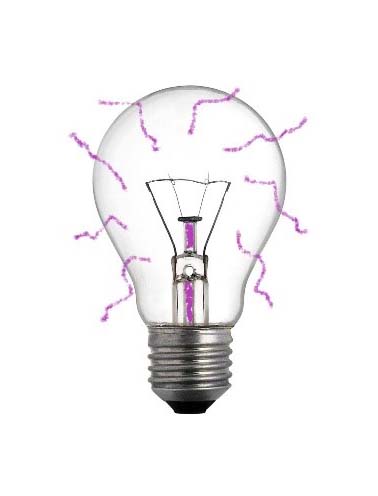
A wide range of microbes (e.g., bacteria, viruses, fungi) grow on hearing aid surfaces1,2 and audiologists and other providers should either clean and disinfect hearing aids prior to handling devices with bare hands, or put on a pair of gloves before handling devices. The COVID-19 pandemic has raised questions about the general efficacy of ultraviolet (UV) light for disinfecting hearing aid surfaces. Is it effective? The short answer: it depends.
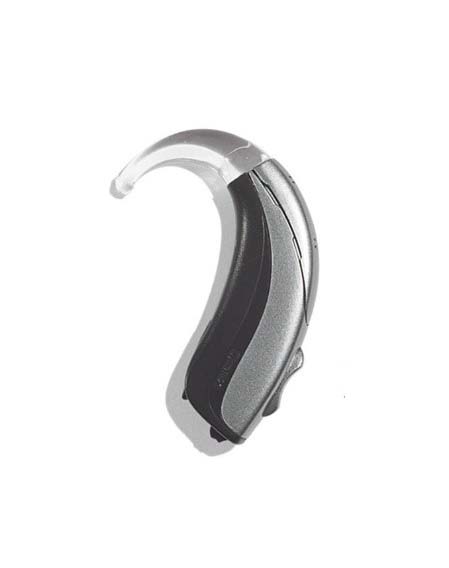
There are different categories of UV light with the UVC spectrum (200-280nm) effectively used for surface disinfection. UVC does kill bacteria and viruses although germicidal effectiveness is influenced by several factors including surface contamination with organic matter.3 Since hearing aids are typically contaminated with cerumen, dirt, dust, and/or other particles,4 surfaces must first be cleaned (with tissue or disinfecting wipe) for UVC to inactivate bacteria and viruses.5,6
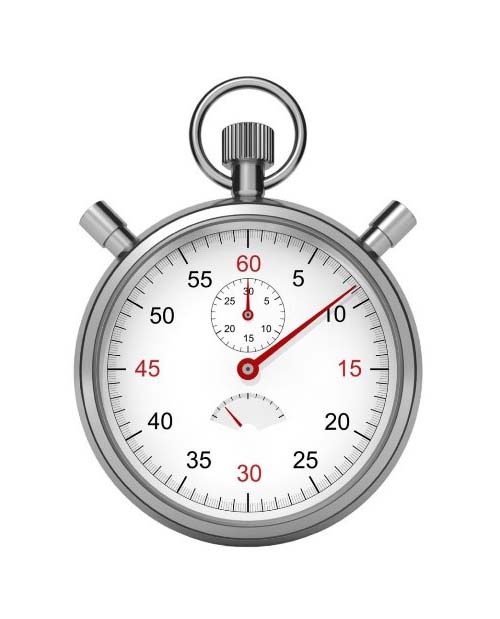
Bulb strength and the distance between the bulb and surface also come into play.3 Higher intensity bulbs require shorter periods of UVC exposure, whereas lower intensity bulbs require less. In addition, efficacy of disinfection decreases as the distance from the bulb increases. Some manufacturers of hand-held UVC lights (i.e. light wands) claim it takes ten seconds for an average bacterium to be killed at a distance of about six inches,7however, it’s just not that straightforward. Depending on the product, it may take as many as 30 minutes to kill certain bacteria or viruses because the intensity of the UVC bulb is not strong enough8 and/or the distance between the bulb and surface is too far to render disinfection within claimed time periods.
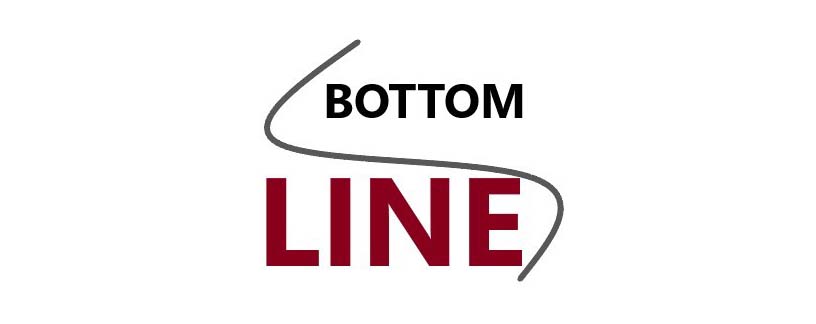
Bottom line, UVC is effective in killing germs yet most effective when combined with traditional disinfecting methods. Regarding COVID-19, UVC has been shown to destroy the outer protein coating of the SARS coronavirus (SARS-CoV) although it is not same virus that causes COVID-19 (SARS-CoV-2).6 According to the FDA, since UVC does inactivate the SARS-CoV, it may be effective in doing the same to SARS-CoV-2. The main way COVID-19 is transmitted is via droplet contact transmission; although the virus can survive for periods of time on surfaces, the CDC continues to state that transmission via a contaminated surface is not likely nor the main way the virus spreads.9 The best approach is to clean and disinfect hearing aid surfaces with an EPA-approved (preferably non-alcohol based) disinfectant spray or wipe, making sure to follow instructions pertaining to dwell time if the intent is to handle devices with bare hands.
Concluding Insights
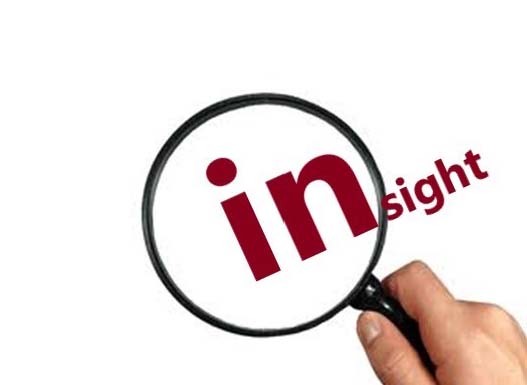
A handful hearing aid dehumidifiers come equipped with UVC lamps including the PerfectDry Lux, PerfectDry Lux Rechargeable for Zpower, PerfectClean, Smart Dryer Li-Ion, Dry & Store Global, Dry & Store DryMax UV. The design of these products places hearing aids at a close and consistent distance from the UVC lamp, offering quick germicidal cycles (90 seconds to 5 minutes) effective in killing certain bacteria and/or viruses. Keep in mind, UVC is limited to line of sight; only those surfaces exposed to the light will be disinfected.10 From this perspective, it is critical to clean and then disinfect hearing aid surfaces with a disinfectant spray or wipe prior to exposing devices to UVC. Depending on the design of the hearing aid dehumidifier, it may necessary to rotate or change positions of hearing aids after the initial UVC cycle and then repeat a second UVC cycle if the goal is to ensure all outer hearing aid surfaces are exposed to UVC light. Representatives from major hearing aid manufacturers were asked about UVC. As listed in the table below, most did not object to the use of UVC on their products. In the absence of safety data, Starkey did not offer a recommendation while ReSound did not object but added to use UVC at your own risk.
| Manufacturer | UVC Recommendation | Product Rx? |
| Phonak | UVC recommended | Phonak D Dry |
| Signia | No objection as no known issues for circuit damage from UVC as our components are coated. | PerfectDry Lux |
| Widex | No objection but check manuals to ensure appropriateness for rechargeable hearing instruments | None |
| Starkey | No recommendation at this time | None |
| Oticon | No objection although no claims about COVID-19 can be made; recommend cleaning hearing aids with any wipe that does not contain alcohol with or without UVC | None |
| ReSound | No objection but use dehumidifiers with UVC cycle at your own risk as ReSound has not yet approved any specific UVC disinfectant cycles | No official recommendations although providers offer positive feedback on PerfectDry Lux and Perfect Clean |
| Unitron | No objection although recommend use of gloves to clean and disinfect hearing aid surfaces prior to handling hearing instruments using disinfectant wipe. | None |
Hearing aid dehumidifiers equipped with UVC lamps can be incorporated within the clinic as part of the general maintenance service offering. Providers can place hearing instruments in the unit and run the initial UVC cycle as a supplement to traditional hearing aid disinfecting protocols. This may serve as an opportunity to re-educate patients about proper hearing aid cleaning and facilitate adoption of hearing aid dehumidifiers for home use.
References
- Bankaitis, A.U. (2002). What’s growing on your patients’ hearing aids? The Hearing Journal, 55(6), pp. 48-56.
- Sturgelewski, S., Bankaitis, A.U., Klodd, R. and Hamberkamp, C. (2006). What is still growing on your patient’s hearing aids? The Hearing Journal, 59(9): pp. 45-48.
- CDC (2016). Infection control: miscellaneous inactivating agents. Available online: https://www.cdc.gov/infectioncontrol/guidelines/disinfection/disinfection-methods/miscellaneous.html
- Bankaitis, A.U. & Kemp, R.J. (2002). Hearing Aid-Related Infection Control. In: M. Valente (Ed.), Strategies for Selecting and verifying Hearing Aid Fittings, Second Edition (pp. 369-383). New York: Thieme Medical Publishers.
- Gostine, A., Gostine, D., Donohue, C., & Clarlstrom, L. (2016) Evaluating the effectiveness of ultraviolet-C lamps for reducing keyboard contamination in the intensive care unit: a longitudinal analysis. American Journal of Infection Control, 44(10): pp. 1089-1094.
- FDA (2020). UV lights and lamps: ultraviolet-C radiation, disinfection, and coronavirus. Available online: https://www.fda.gov/medical-devices/coronavirus-covid-19-and-medical-devices/uv-lights-and-lamps-ultraviolet-c-radiation-disinfection-and-coronavirus
- American Ultraviolet (2020). Frequently asked questions. Available online: https://www.americanultraviolet.com/uv-germicidal-solutions/faq-germicidal.cfml#cleanLamps
- Erdmann, J. (2020). UV light wands are supposed to kill viruses. But do they really work? Available online: https://www.discovermagazine.com/health/uv-light-wands-are-supposed-to-kill-viruses-but-do-they-really-work
- CDC (2020). CDC update COVID-19 transmission webpage to clarify information about types of spread. Available online: https://www.cdc.gov/media/releases/2020/s0522-cdc-updates-covid-transmission.html#:~:text=Based%20on%20data%20from%20lab,the%20main%20way%20the%20virus
- Bankaitis, A.U. (2010). Infection control – sanitizing via ultraviolet? Ask the Expert on AudiologyOnline. Available online: https://www.audiologyonline.com/ask-the-experts/infection-control-sanitizing-via-ultraviolet-138

